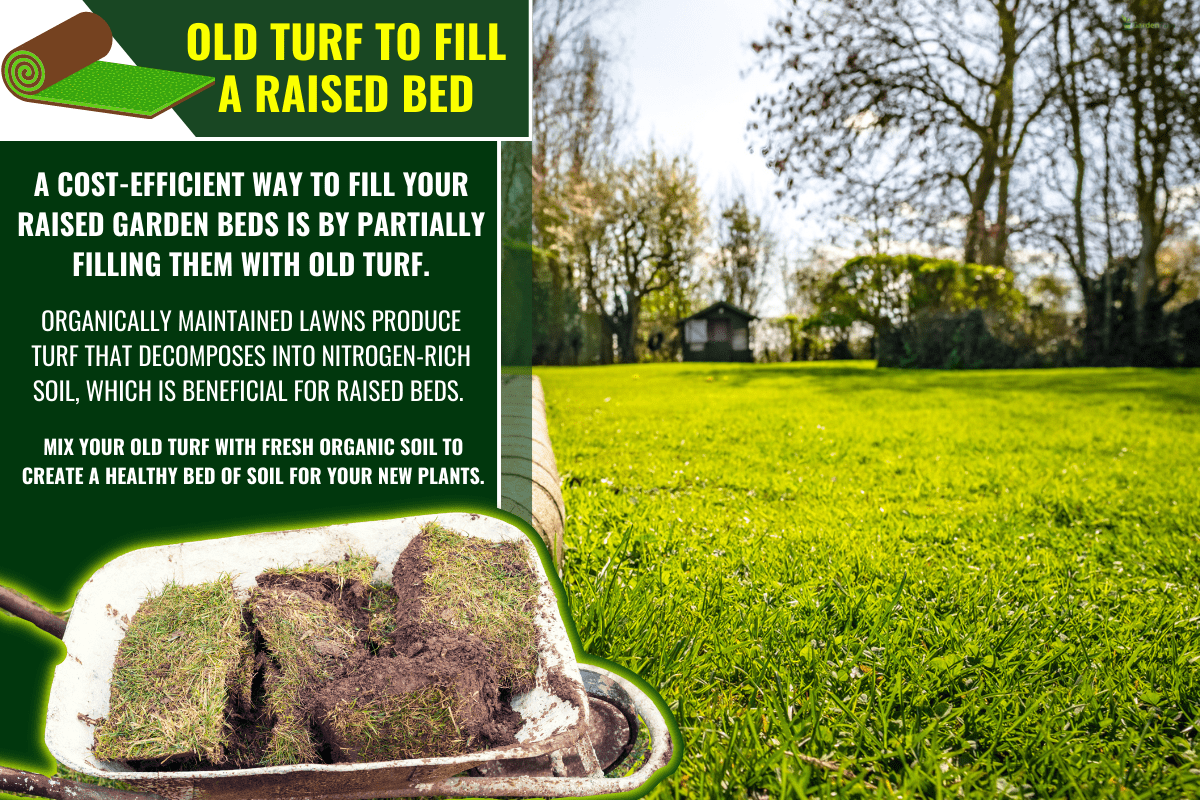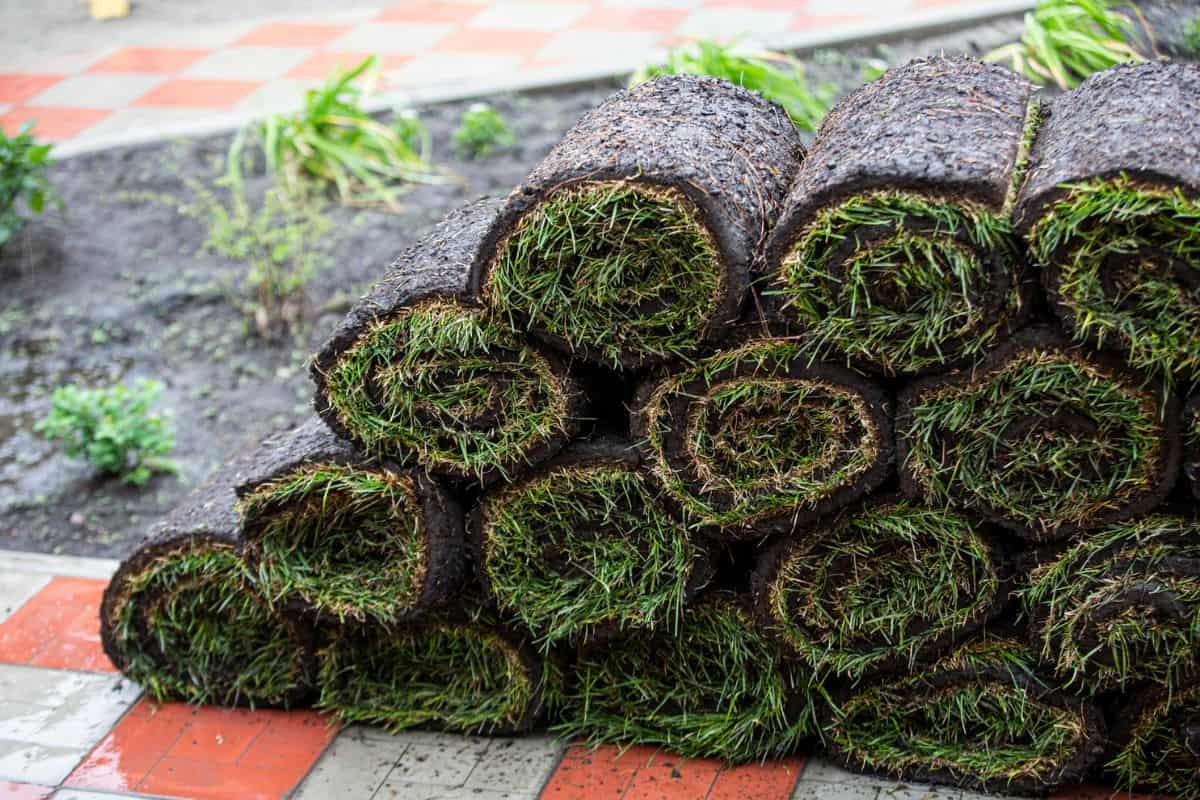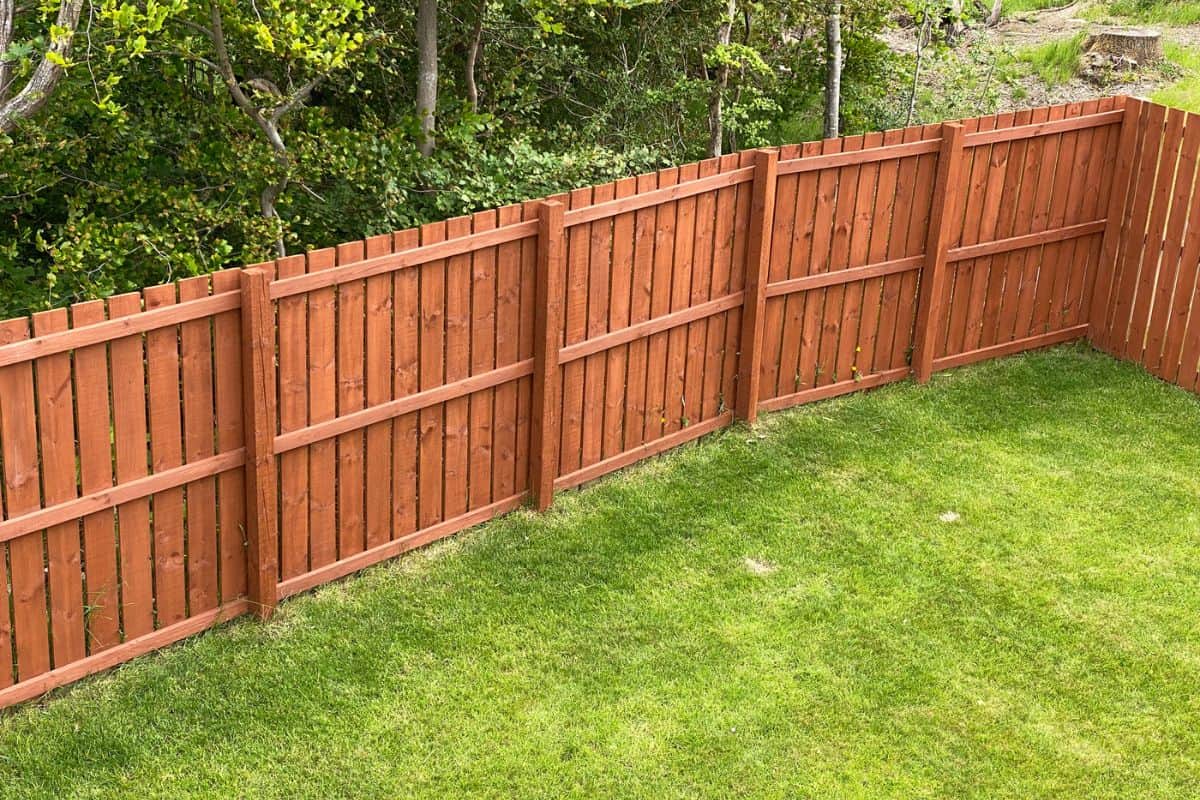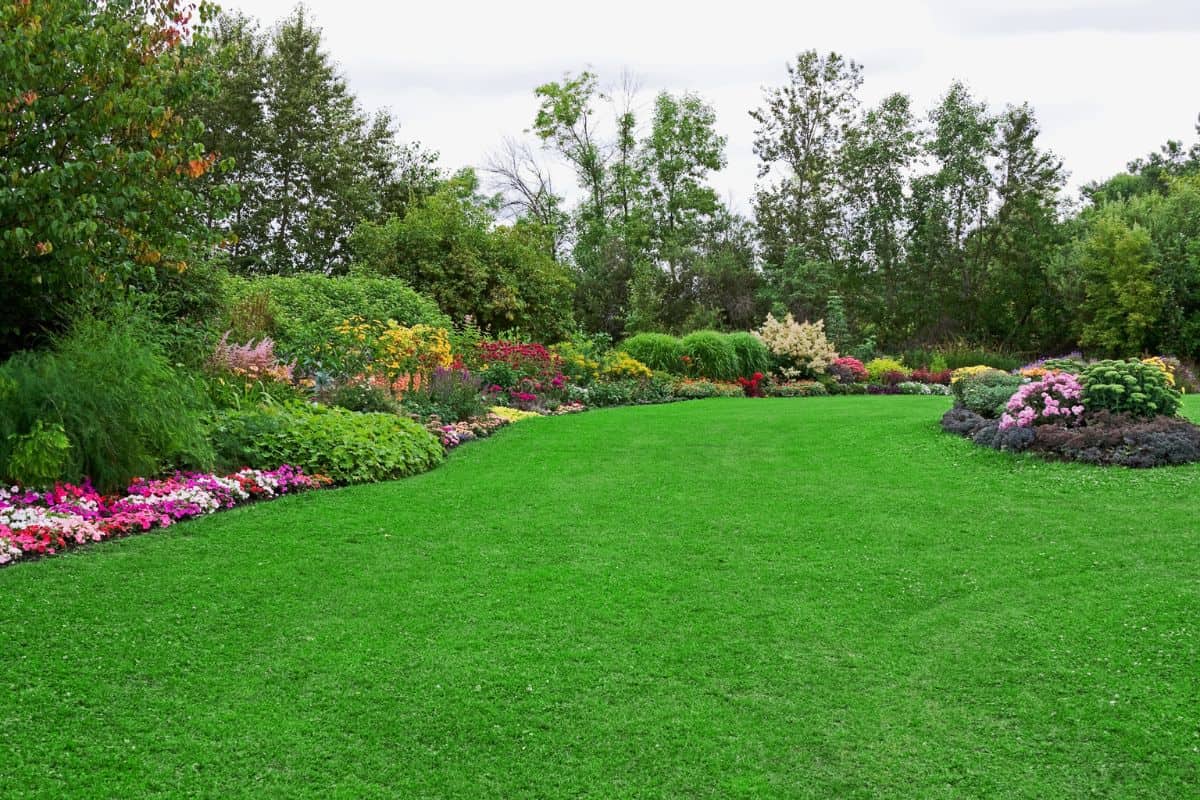A raised garden bed is a great way to grow all sorts of plants, from vegetables to flowers. If you already have a garden and want to transform part into a raised bed, you've probably thought of reusing old turf to fill the bed. We're curious to see if it's a good idea to use old turf, so we researched this to find the answers for you.
A cost-efficient way to fill your raised garden beds is by partially filling them with old turf. Organically maintained lawns produce turf that decomposes into nitrogen-rich soil, which is beneficial for raised beds. Mix your old turf with fresh organic soil to create a healthy bed of soil for your new plants.
There are many benefits when using old turf as a partial filler for raised beds. This post will also discuss other materials you can use to help fill your raised garden beds.
We'll also discuss different ways to use old turf, so keep scrolling and enjoy this post!

Can You Use Old Turf To Fill A Raised Bed? Should You?
Building a raised bed for your garden is a great way to manage space in the garden. Typically, a raised bed is a freestanding bed with soil piled higher than ground level to raise plants off the ground.

Sometimes, garden beds have frames around their perimeter to support the soil and the plants in them, but you can also have a raised bed without them.
There are many reasons why gardeners like to use raised beds in their gardens.
- It's easy to manage a garden, particularly if you plan to grow multiple plants in the same space.
- The soil in raised beds is also less compact, and the plants are least likely to get damaged from foot traffic.
- Gardeners also like garden beds because they allow better soil, water, and fertilizer management, which leads to less garden waste.
- If you dug out a part of your garden to put up a raised bed, chances are you'll have a lot of old turf to deal with. Most of the time, people simply throw this out. However, if your grass has been maintained well and you've used organic products on it, old turf is a great filler for a raised bed.
- Using old turf as a raised bed filler is a great way to reduce garden waste. Adding it to fresh soil will also help create nitrogen-rich soil that your new plants will love.
Benefits of Using Old Turf

Generally speaking, garden beds use lots of soil for plants to grow comfortably. With the beds "raised" above the ground, you'll need more soil than you typically need for a garden.
Ideally, a raised bed should be at least 8 inches deep and up to 24 inches deep if you plan to grow root vegetables.
1. Affordability
Using old turf will significantly cut down the costs for the soil that you will need for the raised beds. Since raised beds can be pretty deep, you'll need a lot of soil to fill up the entire space of the garden bed.
With old turf as partial fill for the raised beds, you'll only need about half of the amount of fresh soil to fill the raised beds.
2. Richer Soil
One of the best benefits you can get from old turf is organically rich soil. When packed into fresh soil, old turf decomposes into nitrogen-rich soil that helps the growth of new plants.
The decomposed material from old turf helps create healthy soil for plant growth, and this is particularly beneficial if you're planning to grow vegetables.
3. Better Aeration and Drainage
If you are using old turf for your raised beds, expect the soil to be a lot looser and less compact compared to the soil. For plant roots to grow quickly, they need to have good air circulation to allow them to breathe while increasing.
Aside from having good air circulation, old turf also has great draining capabilities. The soil retains more water without leaving the ground too waterlogged, providing excellent moisture for the plants.
How To Fill Raised Bed With Old Turf
Filling a raised bed with old turf is easy. However, it's not as simple as just dumping the old grass on the bed and covering it with soil.
Because old turf can regrow grass, you should follow some essential steps to prevent this from happening. Following these are important because there is a chance that grass can take over your raised bed if they grow from old turf.
In this video, these gardeners utilize the same method of using turf as additional soil filler for their garden. In their case, they simply flip over the sod and cover the tops with soil.
Check out their methods to see how you can fill a raised bed with old turf.
Materials needed:
- String
- Turf cutter
- Shovel
- Cardboard or newspaper
- Fresh organic soil
Instructions:
- Using a string, measure out the space in which you will build your raised bed. Use the string as your marker on where to cut the turf while setting the raised bed.
- With a turf cutter, cut through the soil to remove the old turf. You'll need to push the cutter deep into the ground to break up the turf before digging. To make removing the old turf easier, cut it into small, manageable sections.
- Dig the turf out using a shovel and set them aside.
- Start building the raised bed. If you are planning to add frames to the garden bed, you may now start installing them. You can also lay down some branches or sticks at the bottom of the raised bed to provide better drainage for the soil.
- Flip the turf over and lay them on top of the bed's soil. The old turf's roots should be right side up and facing the sky to prevent the old grass from regrowing.
- Cover the old turf with newspapers or cardboard to smother the old grass roots. This method will kill the grass and weeds and prevent them from growing back.
- Pile fresh, organic soil on top of your old turf. Make sure to pile the soil high enough for your plant's needs. Depending on what you're planning to grow, keep adding the soil until you've reached your desired depth. This process will be easier if your garden bed has a frame.
- After you've covered everything with fresh soil, you can now start planting in your new raised bed.
Are The Other Uses For Old Turf?

Aside from filling up your raised beds, old turf also has several other uses. In particular, old turf is a fantastic addition to compost. Old turf has a lot of nutrients jam-packed in the soil, so adding them to the compost pile will make it even more nutritional for the plants.
To create compost from old turf, cut them down into manageable pieces. Place them in a space separate from your garden and lay the old turf down.
Place more layers of old sod on top of it, all with the grass side down, to prevent regrowth. Make sure to wet each piece of old turf every time you add another layer.
If the old turf has too much thatch, you can add nitrogen-rich fertilizer to the layers to aid compost-making. You can build this turf compost pile up to 2 feet deep.
After you've layered all the old turf on top of each other, cover the entire thing in thick, black plastic. Garbage bags are great, but you may be able to find bigger-sized plastic in the garden store.
Weigh down the edges with heavy rocks or cinder blocks, and don't let the light get into the compost pile.
Leave the turf compost until the following spring, and you'll have rich, organic compost for the new planting season.
Final Thoughts

A raised bed in the garden doesn't have to be filled with new soil. Using old turf to fill the bed is a great way to introduce organic matter into the soil. It's a great way to reuse healthy, nutrient-rich material in your garden without breaking the bank.
Just make sure you're using organically maintained turf for your raised beds, especially if you plan to plant vegetables in them.
Do you need more information about raised garden beds? We have articles that can help you:
How To Clear Overgrown Raised Beds? [Do This!]
What Size Hardware Cloth Do I Need For A Raised Bed [& How To Attach It]?
